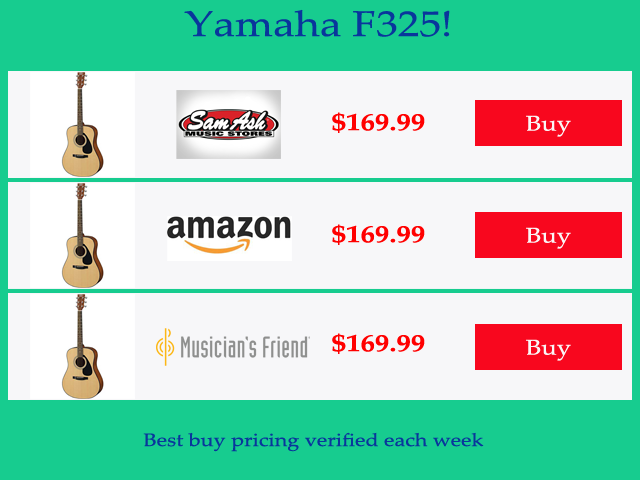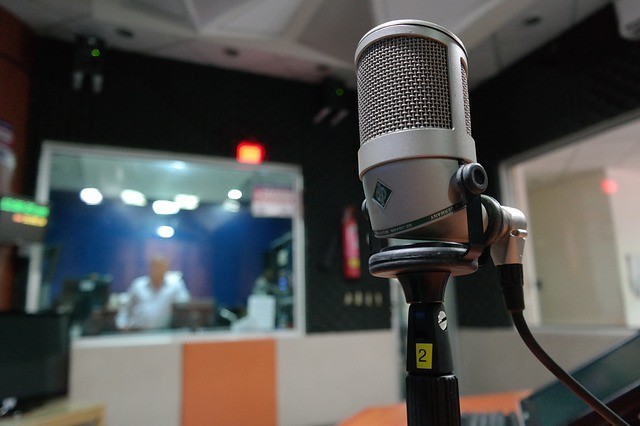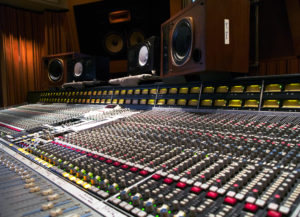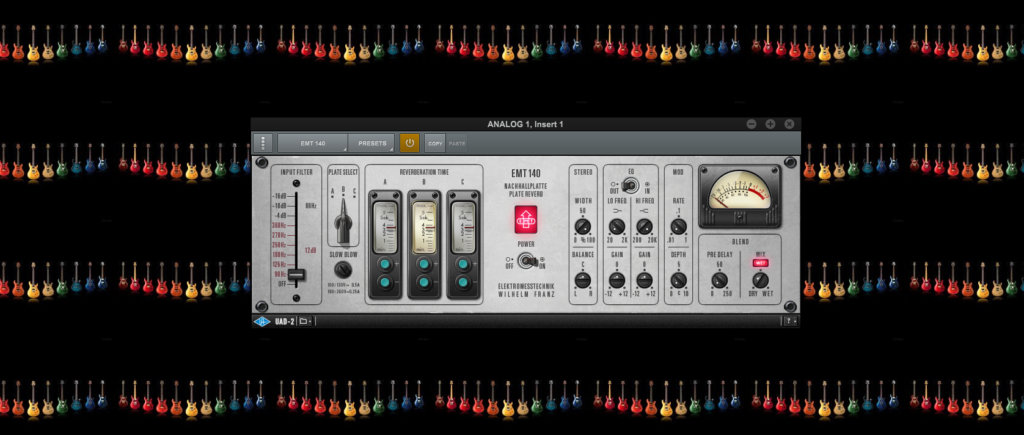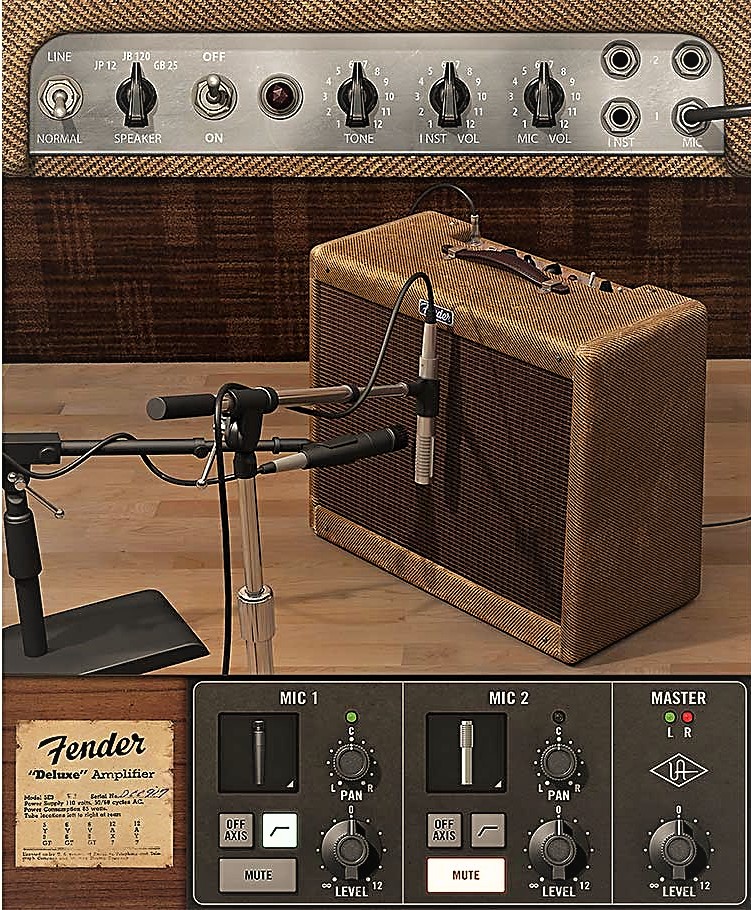Stop what you’re doing.
Take a moment…
… and just BE…
… in this moment.
Right now.
Not tomorrow. Not yesterday.
Now.
Now imagine your voice… singing.

Singing one note… beautifully… out into “now”… and further on, into “forever”.
Can you hear it? Do you believe that it’s possible?? Do you recognize that THAT… as you?
If so, then you’re well on your way to knowing how to learn to sing. The most important part is visualizing that you really CAN.
Deleting Old Files…

First things first: If you didn’t read Part One of this series, go ahead and do that now AT THIS LINK. It lays a good foundation you don’t wanna miss.
Did you take Part One in?? Great, let’s build on that.
If you want to know how to learn to sing, your biggest first step is believing that you can.
” if you think you can’t, … you are right.”
But then, the opposite is true also – if you can muster up a little faith that what you desire is possible, you’ll not only see results, you’ll see them faster.
First, you must visualize.
Then, with continued dedication to this vision, promise will materialize…
… until it last… your dream finally will become realized.
But, you’ll never be able to do anything that you can’t picture yourself doing.
Lemme say that again: you’ll never be able to do anything that you can’t picture yourself doing.
Because of that, you can be the biggest detriment to your own progress. Or the greatest reason for your reward.

Perhaps you have “recordings” in your head; voices from the past, that are like virus files on your computer. They tell you things like:
“Oh, no… You can’t do THAT!”
“Sing? YOU???“
“Honey, it’s okay – some people just weren’t born with the gift of singing.“

“No, don’t ask him to sing – he sounds like a PRAIRIE DOG!!“
There will always be people to tell you what you can’t do, what you’ll never accomplish, and how you should just give it up.
Buy into their “wisdom”? It’s “game over” before you’ve even begun.
So don’t let the haters be the victors. Turn off their recordings once and for all, and start picturing yourself singing well… so well that others want to hear you.
And one day? Those same naysayers will be surprised at just how good you sound.
Yes, You Already Do… !

In THIS PREVIOUS LESSON ON SINGING, I talked briefly about how your voice already makes singing tones. It happens when you talk! Whether you use a can or not!
To clarify the issue, and give you further insights and encouragement concerning this, let me remind you of other times you are psuedo-singing:
- Laughing
- Shouting cheers at sports games
- Calling for members of your family who are elsewhere in the house
- Outcries when someone tickles or pokes you
- Those noises you make on roller coaster rides. You know the ones. 😉

These additional examples of your own personal “music” should help convince you that you already have what it takes to sing. You make all kinds of pitched noises!! You just have to hone them into a more controlled skill set.
But how can we do that? What specific things can we employ, even on a daily basis, that will actually produce the results we’re looking for – the ability to sing pitches that others recognize as songs?
Well, I’m glad you asked! Time to WORK it, people… !
Your Pal, the Pitch App
Since most of us these days have a cell phone, I want you to go to your App Store and download an app called “Pano Tuner“. It’s by a company called Kaleloft LLC.

Why a piano tuner?? Because it has some graphics that will help you to learn to sing better.
Did you download it? Alright, open it up. You’ll immediately see letters at the top. These are the names of notes you can sing.
Go ahead and try to sing the word “yes”. You’ll be holding the pitch on the “ehhh” sound of ‘yes’.
As you do so, notice that there is a green, or brown, bar that slides back and forth below the letter names. Do you see it?
The bar is green when you are in the ballpark of the note. It’s brown when you are too far off of the note.
Can you guess where we’re going with this? Your goal with this app is to sing any note, try to get it to stay within that green bar.

If the bar is brown, that means you have to raise the pitch of the note you’re singing, or lower the pitch of the note you’re singing. In other words, your voice must go higher or lower.
If you play around with this app every day, striving to keep that bar green, you could gain some real progress. Like most things, it’s all about how much you practice.

Don’t feel bad if at first you can’t keep the bar green. Remember, you’re just starting at this! Adele’s voice wasn’t built in a day, or Paul McCartney’s…or any other voice you might like and respect. They all had to practice… A LOT!
If you can eventually sing a pitch for an entire 5 seconds, keeping any pitch in the green zone… DUDE – you are SINGIN’!!
Don’t forget to celebrate your progress as you conquer new vocal territory. Come back here to Seriousgas and tell us. You better BELIEVE we’ll whoop it up with ya!!!
There’re few things more inspiring than hearing someone who thought they couldn’t sing finally producing real, recognizable music with their voice. As a private music teacher I’ve heard just that, time and again.
How ’bout you be next?! 😉
Her BFF, the Ear Trainer!

That tuner app should really accelerate your progress if you work with it. But where that hones your ability to keep a pitch, this next app will help improve your ability to change pitch.
It’s called “Perfect Ear”. Go ahead and download that app now.
Got it? Good. Open it up.
Ask you whether you want to hear a piano or guitar sound, so just choose whichever one you prefer.
I use piano sounds myself.
The first thing you should see on your screen is “interval exercises”.
You can skip the top icon called “Theory”.

Instead, scroll below it and tap on the “Interval Comparison” icon.
What this exercise will do is get your brain really proficient at recognizing musical pitches.
Why do you need this? Well, if your brain can’t recognize music, do you think you’re going to be able to sing it well??
I think you know the answer.
What is an interval? It’s just the distance between notes.
Sometimes the distance can be big, like singing the first word of “Somewhere Over the Rainbow“. Or, the distance can be small, like singing the first two words of the chorus of “Don’t Stop Believing” by Journey.

This app is a strong tool. If you use this, or one like it, you will get so much better at not only recognizing music, but being able to replicate it, which is what singing is really all about.
We have 12 different notes in our musical scale, so there’s lots of exercises here for you to go through.
Concentrate for now, though, on just the first couple. Don’t try to master all these notes to start with. Strive instead to get all correct answers on the “major and minor Second” intervals only. Then you can move on to other intervals.
What I love about these apps is that they can go with us everywhere. Most people these days can’t be away from their cell phones for even a few minutes. That can be a good thing, especially if you use it for educational purposes and to make yourself more awesome at something!
So, yeah… go do that! 😉
BE that Voice Inside You
Igor Stravinsky said, “Music is the sole domain in which man realizes the present.”

These days we live in a frenetic, whirlwind-paced world, that can easily steal from us the riches that every minute provides.
Though I would say that there are other things which help us live in the moment (like meditation, which I practice and am a fan of), I believe ol’ Igor was really onto something.

As you’re learning to sing, recognize that you are also developing the skill of focus; the talent of concentration. You must have this, or at any moment your notes could fly off anywhere.
As you sing, you are deeply grounded in the “now” of your performance. It is a calm, peaceful place, from which joy, exuberance and appreciation for your listeners for your gift can stream forth.
This attitude of being very present in your singing will benefit you greatly as you go forward.

And, yea, if you find it hard to concentrate… on ANYTHING, then I highly recommend meditation. It strengthens your muscles of concentration more than anything else I know of.
This, in turn, will bolster your musical ability.
Viva La present!!
Seeing is Believing

Because YouTube has become the leading propagator of educational and musical videos, I’m throwing one in for you today to help bring all this together.
This video by Dandapani shows us why focus and concentration is so needful if we want to accomplish anything in our lives.
Watch him through to the end of the video, and then afterwards we’ll wrap up back here:
So there you go. Did that help clarify?? Do you see what I mean about how the ability to control your thoughts and be in the moment can help you do anything, including singing?
I hope so. Practice the present, and when you sing, focus on letting your voice be heard in the “now” and not judging it, but rather just let it express your emotions, without any guilt or condemnation.
If, as Dandapani says, “Life is a manifestation of where your energy is flowing”, then we can direct our energy towards this wonderful skill of singing with laser-like intent, and go far quickly. Believe it. See it. BE it.

Also, let me return again to the obvious: If you can talk, it’s all there… all that you need to be a singer. You need no other sign to pursue this!
Like anything weak and inexperienced, your voice needs to be exercised and challenged in the right ways in order to become adaptable, flexible… versatile. But it’s easily doable.
And YOU CAN do it!
The Final Cadenza!
I hope you found this second post informative and helpful and, more than anything, I hope it helps you sing a lot better…
… maybe even for the first time!! That would be amazing.
It definitely could happen. So now I’m throwin’ it back to YOU!

You’ve got to go spend the time and effort necessary to realize this musical potential within you.
Open these apps. Use these exercises. Dedicate yourself to making progress, one little step at a time… and you’ll get there.
Just don’t put a deadline on yourself. Everybody’s brain and voice is different; it might take longer for some compared to others.

None of that matters. What DOES matter is that you enjoy every second of learning, trying, exploring and uncovering your unique and inspiring voice…
That you use and appreciate NOW for all it’s worth, and be fully present in every moment of practice, listening, thinking and aspiring.
I can’t wait to hear the results you achieve!!
Now, go… make… sounds!!
Teaj













































